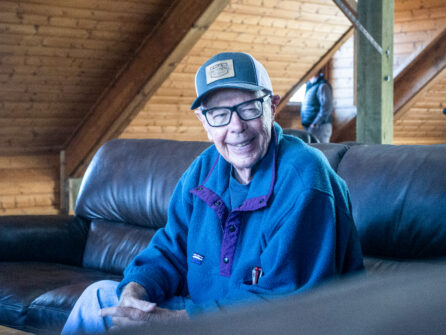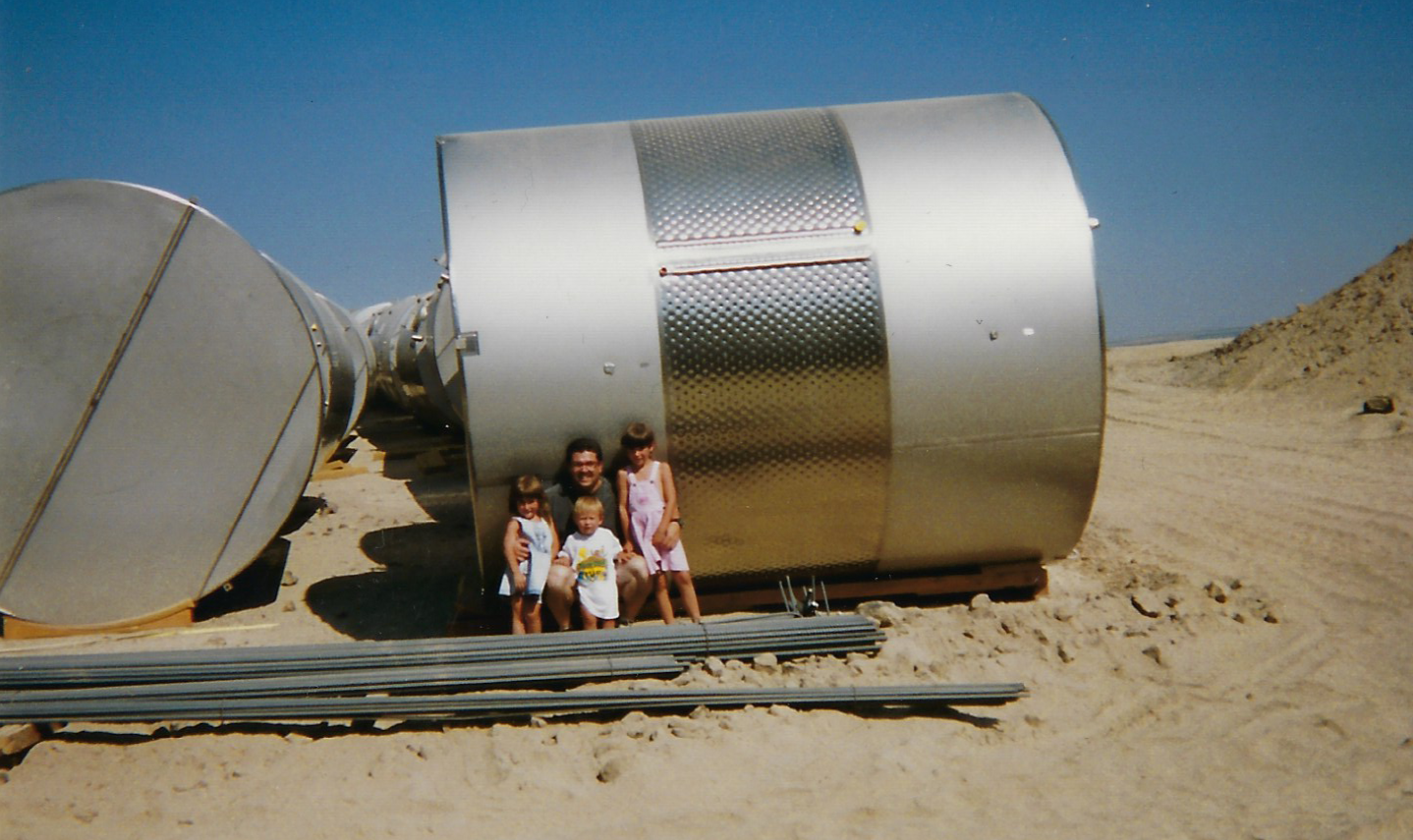Washington wine’s earliest days date back to 1825, when the first grape vines were planted. Pioneer William B. Bridgman planted grapevines in Yakima Valley in the early 1900s. In subsequent years, Dr. Walter Clore, recognized as the father of the Washington wine industry, researched what varieties would grow well in Washington. Today the industry is thriving with more than 1,000 wineries and 80 different varieties planted. Below, you’ll find a few glimpses into the history, and historic moments, of Washington Wine.
I. The Beginnings: 1825-1934
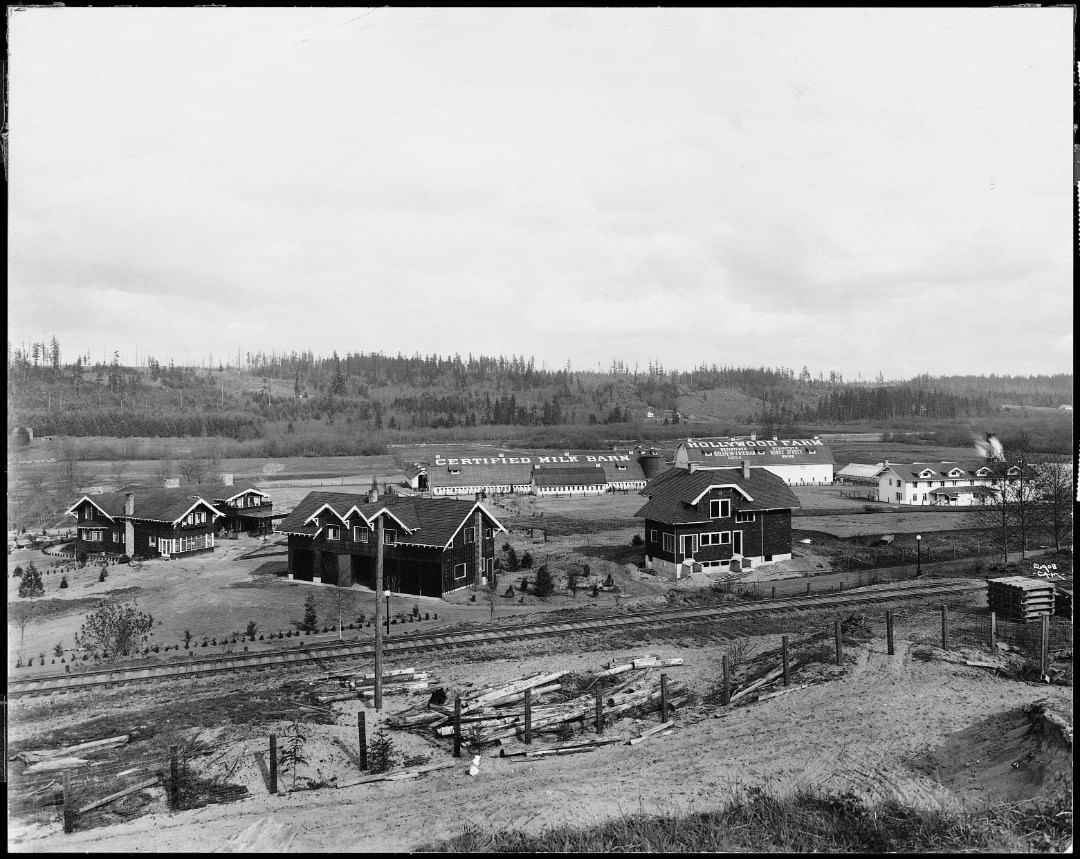
1825
Washington’s first grapes were planted at Fort Vancouver by the Hudson’s Bay Company using seeds brought from England.
1854
Hybrid varieties arrived in nurseries in the Puget Sound region.
1859-1860
Wine grape vines first planted in the Walla Walla Valley.
1902
William B. Bridgman arrives in Sunnyside and promotes irrigation. Large-scale irrigation, fueled by runoff from the melting snowcaps of the Cascade Mountains, unlocks the dormant potential of the land and its sunny, arid climate.
1910
The first annual Columbia River Valley Grape Carnival was held in Kennewick.
1914
William B. Bridgman plants varieties at Harrison Hill in Sunnyside, Washington.
1917
Bridgman first plants grapes on Snipes Mountain. Until, recently, 1917 plantings of Muscat of Alexandria vines were still in production.
1920
The arrival of Prohibition stalls wine grape production.
1933
Washington becomes the 24th state to repeal Prohibition.
1934
National Wine Company (NAWICO) and Pomerelle Wine Company are founded. Washington State Liquor Act passes, forming the Liquor Control Board.
II. The Formative Years: 1935-1995
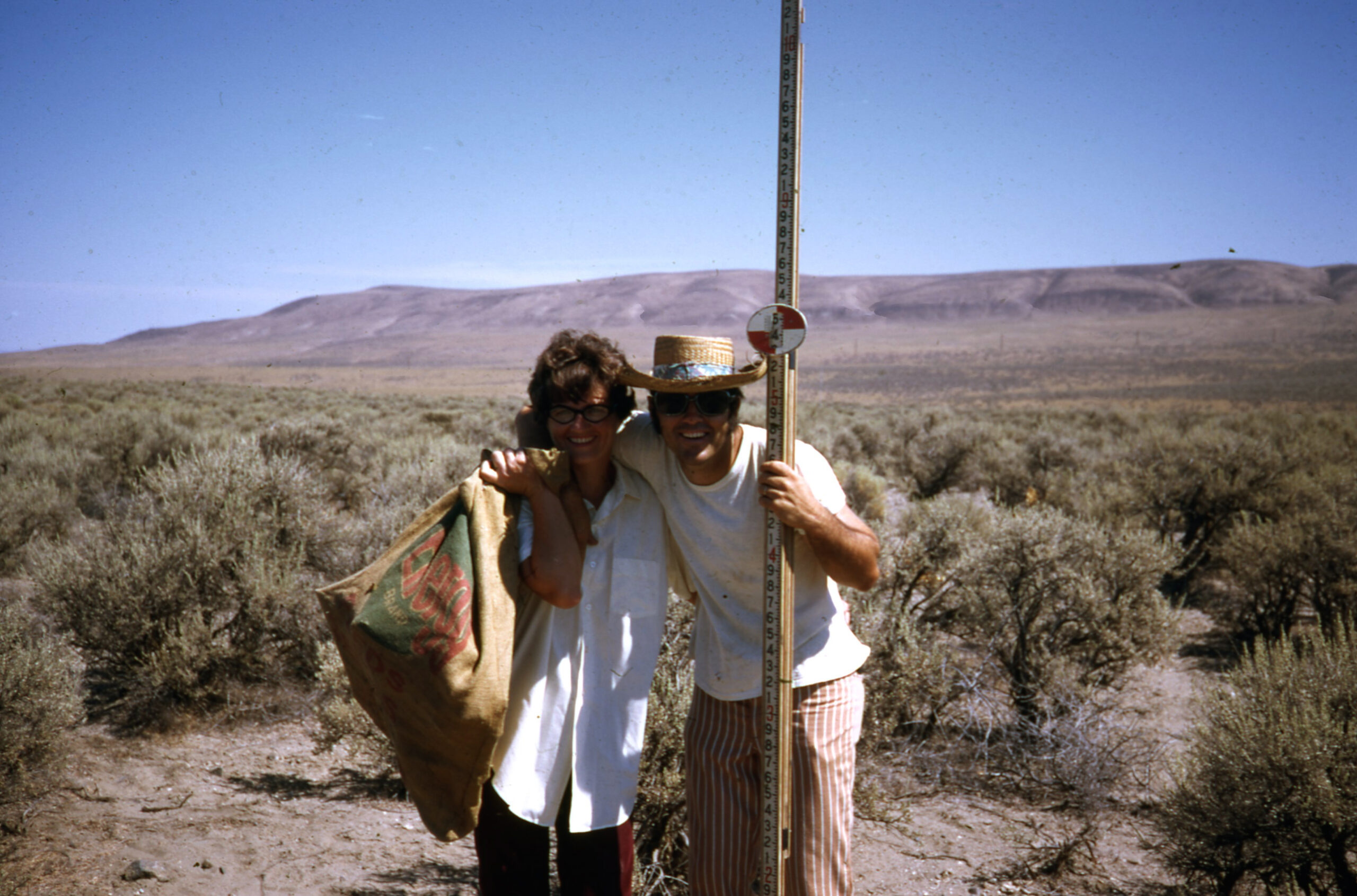
1935
Washington Wine Producers Association is founded.
1937
42 wineries were located throughout the state, mostly dedicated to fruit and fortified wines.
1937
Dr. Walter J. Clore becomes assistant horticulturist at the Irrigation Branch Experiment Station (now known as the Irrigated Agriculture Research and Extension Center) in Prosser.
1941
Cabernet Sauvignon is first planted in Washington.
1942
24 wineries are located in Washington.
1954
American Wine Growers is founded in a merger of National Wine Company and Pomerelle Wine Company and market Grenache Rosé under the Granada brand name.
1956
Cabernet Sauvignon vines are planted at Otis Vineyard in Yakima Valley. They are currently the oldest Cabernet vines in the state and some of the oldest in the country.
1960
Dr. Walter Clore begins wine grape field research at Washington State University’s Irrigated Experiment Station.
1961
First Riesling planted in Washington.
1962
Associated Vintners is incorporated by a group of 10 friends, six of whom are University of Washington professors that began making non-commercial wine in 1958. The winery is subsequently rebranded Columbia Winery in 1983.
1963
Associated Vintners plants Harrison Hill Vineyard in Yakima Valley.
1964
First Chardonnay planted in Washington.
1965
First Merlot planted in Washington.
1967
American Wine Growers launches Ste. Michelle Vintners dedicated to varietal wines, producing a Cabernet Sauvignon, Pinot Noir, Semillon, and Grenache. Famed winemaker Andre Tchelistcheff is retained as a consultant.
1969
California Wine Bill passes, eliminating trade barriers and restrictions and allowing out- of-state wineries to sell in state.
1972
The earliest plantings go in at Sagemoor, Cold Creek, Celilo, and Mercer Ranch vineyards, with the latter subsequently renamed Champoux Vineyard in 1996.
1973
The first vines are planted at Red Willow Vineyard in Yakima Valley.
1974
By this year, Dr. Walter Clore had had overseen the plantings of 312 grape varieties at the research station.
1974
Leonetti Cellar plants first Cabernet Sauvignon in Walla Walla Valley.
1974
Los Angeles Times holds blind tasting of 19 White Rieslings. Ste. Michelle’s 1972 Riesling ranks first, pushing the winery into the national spotlight.
1975
First vineyard planted on Red Mountain.
1976
Ste Michelle Vineyards opens in Woodinville and rebrands as Chateau Ste Michelle.
1978
Chateau Ste Michelle makes first vineyard designated Cabernet Sauvignon.
1980
Earliest plantings at Seven Hills Vineyard planted in Walla Walla Valley, 21 acres of Merlot and Cabernet Sauvignon.
1980
Boushey Vineyard is planted in Yakima Valley, including Cabernet Sauvignon, Merlot, Cabernet Franc and Chenin Blanc.
1981
Washington has 19 wineries.
1982
German winery Franz Langguth opens in Mattawa, Washington, dedicating itself to Riesling. This marks the first foreign investment in Washington, though it only lasts until 1987.
1983
Yakima Valley is established as Washington’s first federally approved American Viticultural Area (AVA).
1983
Leonetti Cellar’s inaugural 1978 Cabernet Sauvignon is named best in the country by Wine State Wine & Spirits Buying Guide.
1984
Washington becomes the second largest producer of premium wines in the United States.
1984
Walla Walla Valley is established as a federally approved American Viticultural Area (AVA).
1984
Columbia Valley is established as a federally approved American Viticultural Area (AVA).
1986
First Syrah in the state is planted at Red Willow Vineyard in Yakima Valley.
1987
Washington State Wine Commission is formed as a unified marketing and trade association.
1995
Chateau Ste. Michelle and famed Italian winemaker Marchese Piero Antinori release the first vintage of Col Solare, marking a major international partnership.
1995
Puget Sound is established as a federally approved American Viticultural Area (AVA).
III. Modern Day: 1997-2021
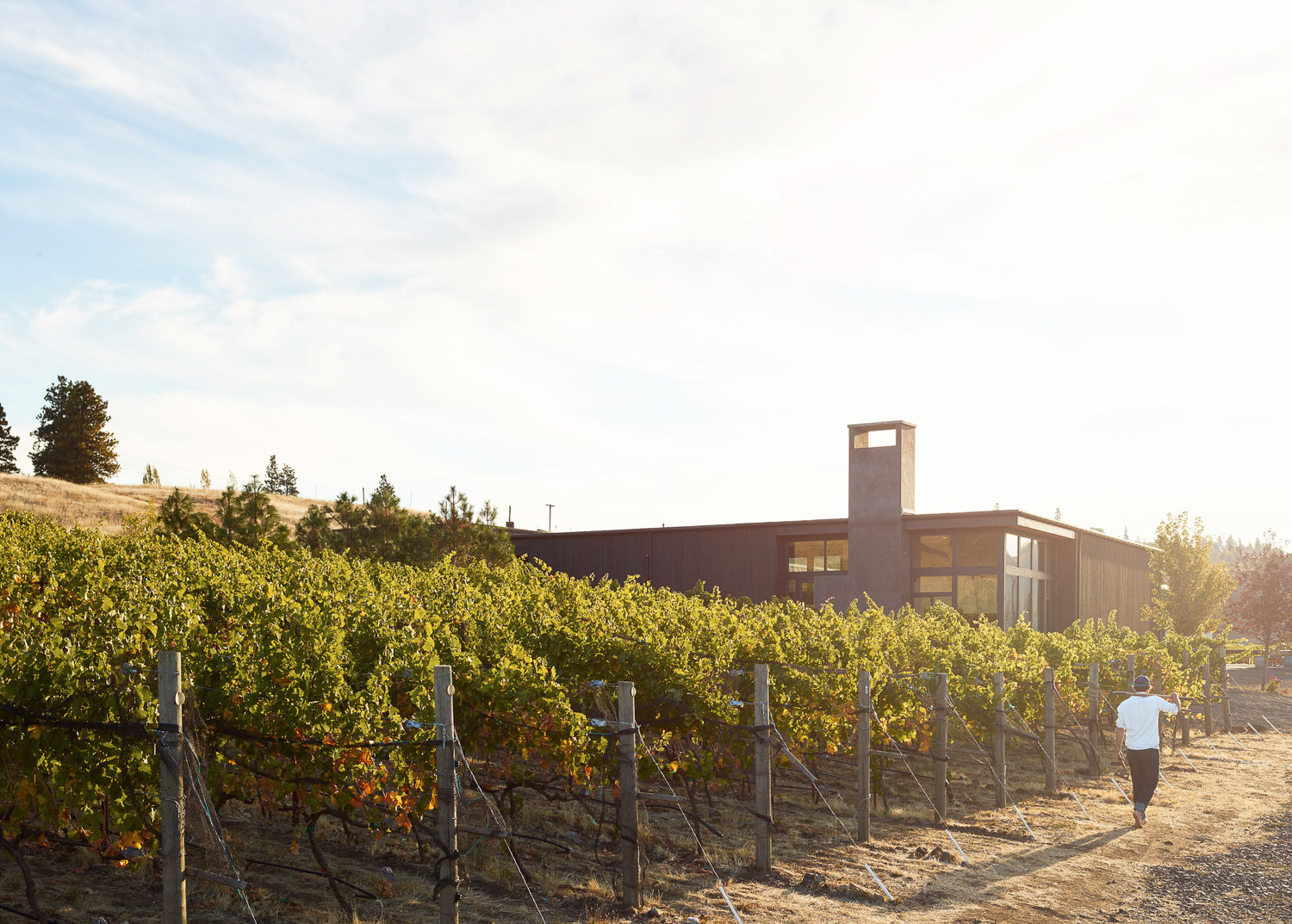
1997
Cayuse Vineyards plants first modern day vineyard in what would become known as the Rocks District of Milton-Freewater in Walla Walla Valley.
1998
Taste Washington takes place in Seattle for the first time, later becoming the largest single-region food and wine festival in the country.
1999
Chateau Ste Michelle partners with Germany’s renowned Dr. Loosen winemaker, Ernst Loosen, to produce the first vintage of Eroica Riesling.
2000
The ‘Big Bang’ of the industry, as the number of producers and grape acreage increases dramatically.
2001
Washington State Legislature passes a resolution to officially recognizing Walter Clore as the ‘Father of the Washington Wine Industry’.
2001
Red Mountain is established as a federally approved American Viticultural Area (AVA).
2003
Washington Wine Institute and educational partners celebrate state’s $2.3 million investment (per biennium) to create new 2-year and 4-year degree programs supporting Washington’s growing wine industry.
2004
Columbia Gorge is established as a federally approved American Viticultural Area (AVA).
2005
A Washington wine receives its first 100-point score, the 2002 Quilceda Creek Cabernet Sauvignon from Robert Parker’s The Wine Advocate.
2005
Horse Heaven Hills is established as a federally approved American Viticultural Area (AVA).
2005
Horse Heaven Hills is established as a federally approved American Viticultural Area (AVA).
2006
Cabernet Sauvignon production exceeds Merlot production for the first time.
2006
Rattlesnake Hills is established as a federally approved American Viticultural Area (AVA).
2006
Wahluke Slope is established as a federally approved American Viticultural Area (AVA).
2009
Columbia Crest 2005 Cabernet Sauvignon is named the number one wine in the world by Wine Spectator. Charles Smith Royal City Syrah receives a 100-point score from Wine Enthusiast, a first for the variety in Washington.
2009
Lake Chelan is established as a federally approved American Viticultural Area (AVA).
2009
Snipes Mountain is established as a federally approved American Viticultural Area (AVA).
2010
Washington bonds its 441st winery.
2011
The industry votes to increase their annual assessments to fund a world-class Wine Science Center at Washington State University.
2011
Naches Heights is established as a federally approved American Viticultural Area (AVA).
2012
Red wine grape production overtakes white wine grape production for the first time.
2012
Ancient Lakes is established as a federally approved American Viticultural Area (AVA).
2013
Cabernet Sauvignon becomes Washington’s most produced grape variety, surpassing Riesling and Chardonnay.
2015
Ste Michelle Wine Science Center opens at WSU in Richland, Washington.
2016
Lewis-Clark Valley is established as a federally approved American Viticultural Area (AVA).
2019
Washington bonds its 1000th winery.
2020
Royal Slope is established as a federally approved American Viticultural Area (AVA).
2020
Candy Mountain is established as a federally approved American Viticultural Area (AVA).
2021
The Burn of Columbia Valley is established as a federally approved American Viticultural Area (AVA).
2021
White Bluffs is established as a federally approved American Viticultural Area (AVA).
2021
Goose Gap is established as a federally approved American Viticultural Area (AVA).
